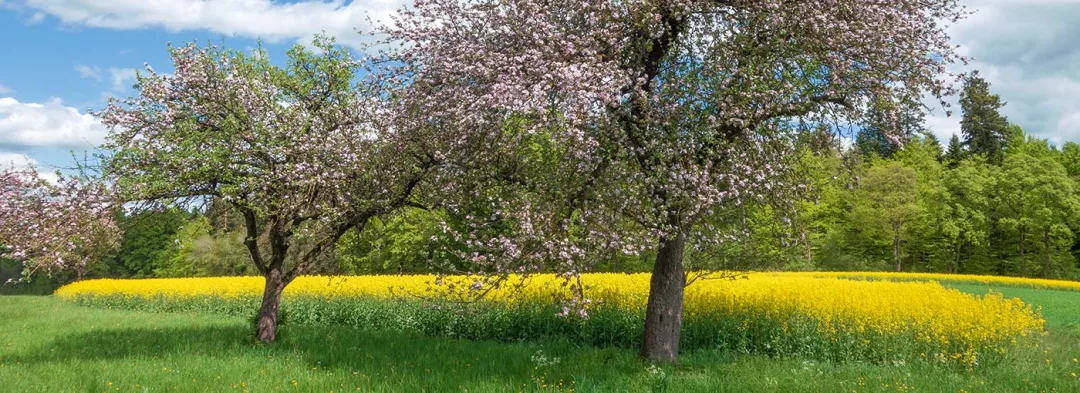Advancing implementation of the CAP’s green architecture
- CAP Implementation
- Agricultural Productivity
- AKIS
- CAP Strategic Plans
- Climate and Climate Change
- Communication
- Environment
- Green Deal Targets
- Long-term Vision for Rural Areas
- Rural Development
- Sustainability
The Thematic Group on Green Architecture: Designing Green Strategies will meet again in June to advance EU understanding of optimising CAP opportunities from environment and climate funding.

The first meeting of the EU CAP Network’s Thematic Group (TG) on Green Architecture: Designing Green Strategies took place in April and identified a range of opportunities to help Member States optimise the implementation of environment and climate funding provided by CAP Strategic Plans (CSPs).
April’s gathering of EU experts on this topic brought together experiences and perspectives from 55 participants and 22 Member States. TG members comprise CSP Managing Authorities and Paying Agencies, as well as a variety of knowledgeable agri-food and environment stakeholders.
TG members discussed how sustainable production needs to be economically viable while shifting towards more environmental practices - two aspects that must go hand in hand. Collectively, the members shared their knowledge and findings from the early stages of CSP implementation. Outcomes highlighted key areas where the TG could advance the implementation of CAP green architecture interventions. These included the potential benefits of using advisory services, cooperation opportunities, results-based payments and CSP revisions, among others.
Environmental issues are complex and Member States have different environmental and climate needs. Learn more about this topic by exploring the presentations from Austria, France, Portugal and Sweden during the TG meeting that highlighted the different approaches taken. They are available on the TG meeting website, along with the TG background paper and other resources.
National action
Austria has a single agri-environmental programme (ÖPUL) covering multiple CAP interventions. These are eco-schemes, area-specific disadvantages (ASD) and agri-environment and climate commitments (AECC). This contains 25 options that farmers can choose from, suited to different farm types and top-up payments available for additional actions that can be combined with standard measures. This is seen to allow for a good distribution of environmental actions on farms, structured according to need. Advisory support systems are considered key to communicating CSP interventions to farmers to ensure high uptake of a modular approach.
Similarly, insightful experiences were shared between TG members about Sweden’s CSP green architecture. Here, the focus has also been on building on lessons from the previous CAP programming period. Such assessments led Sweden to simplify multi-annual AECC payments to annual eco-schemes. The approach provides each intervention with a distinct theme, where the use of advisors was again noted as a prominent success factor.
Portugal has maintained AECC in cases where a multi-annual commitment was considered necessary (e.g. protection of wildlife and habitat), with some adjustments to increase environmental ambition. CSP eco-schemes are designed for established practices like Integrated Pest Management and organic systems because these are known to be appreciated by farmers. Complementarity across CSP interventions was noted for TG members as important in Portugal, where eco-schemes and AECC form part of a wider green architecture package including non-productive investments, training, information and advice.
Farmers in France can benefit from their CSP’s main green architecture priorities, which can fund agroecology, resilience, biodiversity, water management, autonomous production systems for grasslands, proteins and mitigation of GHG emissions. A menu of support options has been programmed into the French CSP to ensure choice and flexibility between entire farm approaches and more localised actions. TG members learned that significant investments were being made to support organic farming in France through the CSP.
Next steps
A second meeting of the TG is scheduled for June, with ongoing networking among the TG members continuing to share know-how on the best ways to take full advantage of complementary CSP green architecture funding.
This involves exchanging understanding on subjects such as simplification and enhanced environmental ambition or innovative approaches and fostering cooperation.
Overall TG conclusions aim to be useful in helping inform the programming of CSP revisions that Member States are working toward.
